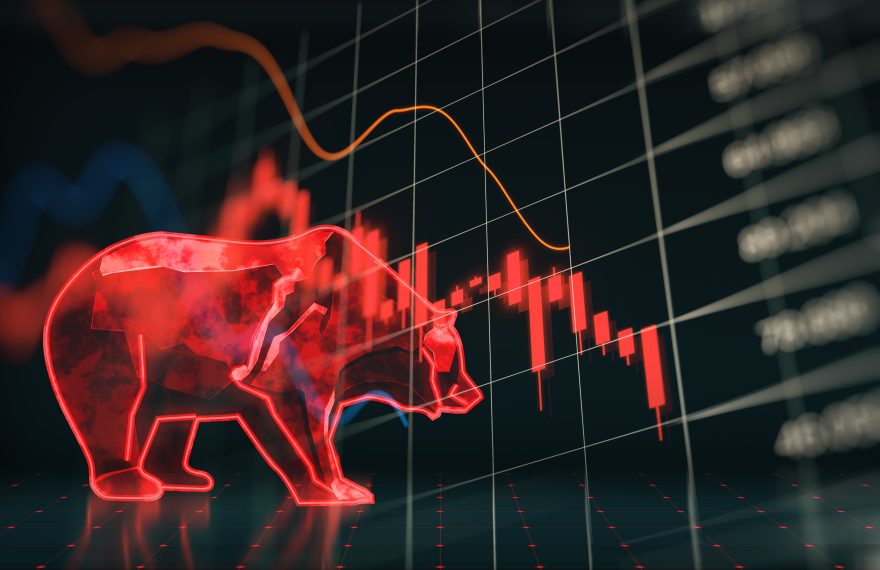Economists are analyzing unconventional indicators, such as the increase in sales of mini liquor bottles and single cigarettes, as potential warning signs of economic uncertainty and shifting consumer behavior. These trends suggest that households may be adjusting spending patterns in response
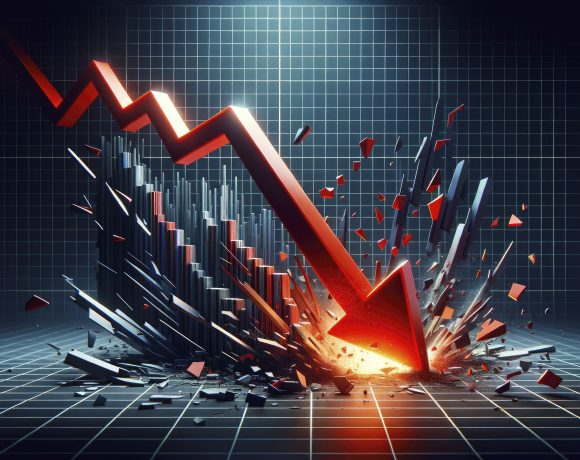
India's Nifty 50 index is experiencing its longest losing streak in 29 years, erasing approximately $1 trillion in investor wealth. Contributing factors include slowing economic growth, declining corporate earnings, and sustained foreign investor outflows.
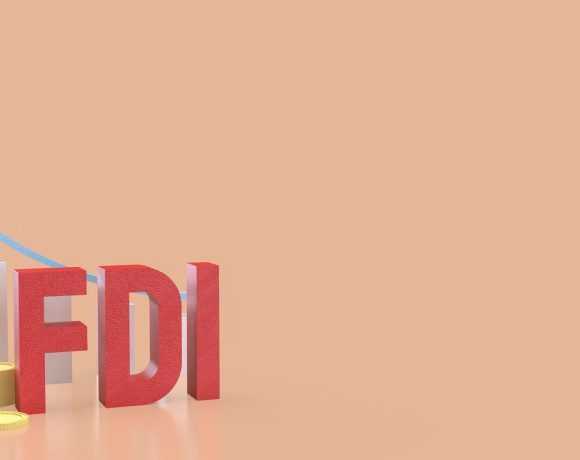
India’s foreign direct investment (FDI) declined by 5.6% year-on-year, totaling $10.9 billion in the October-December quarter of the 2024-25 fiscal year. This dip follows a period of strong growth in previous quarters but reflects the impact of global economic uncertainties on investor sentiment. FDI Trends in Recent Quarters Despite the quarterly drop, India’s FDI inflows

India's business activity expanded at its slowest pace in over a year in January 2025, with the Composite PMI declining to 57.9 amid a services sector slowdown and manufacturing resilience.

China, the world’s largest oil importer, is witnessing a decline in its oil demand faster than previously anticipated. This trend is creating concerns for global oil producers as it could impact market dynamics and revenue projections. A Steeper Decline in Demand According to industry analysts, China’s slowing economic recovery and reduced industrial activity have

India’s manufacturing sector experienced a slowdown in December 2024, as indicated by the latest Purchasing Managers’ Index (PMI) data. The PMI fell to 56.4 from 58.6 in November, signaling a moderation in growth despite remaining above the crucial 50-mark that separates expansion from contraction. Key Highlights from the PMI Report The decline in the PMI […]
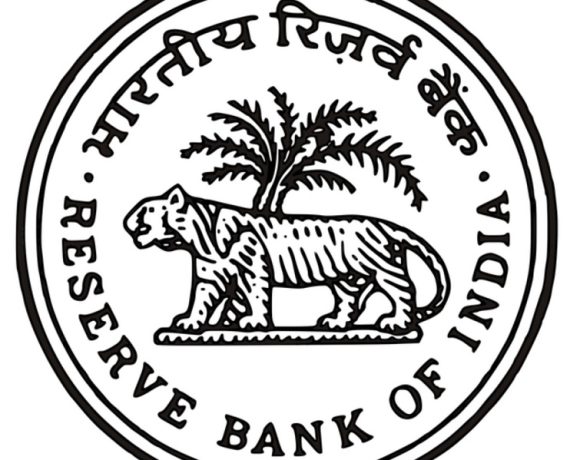
The Finance Ministry has pointed to the Reserve Bank of India’s (RBI) monetary policies as a contributing factor to the recent economic slowdown. In its latest report, the ministry highlighted that restrictive measures, including successive interest rate hikes, have dampened credit growth and suppressed domestic demand. Policy Tightening and Its Impact The ministry’s
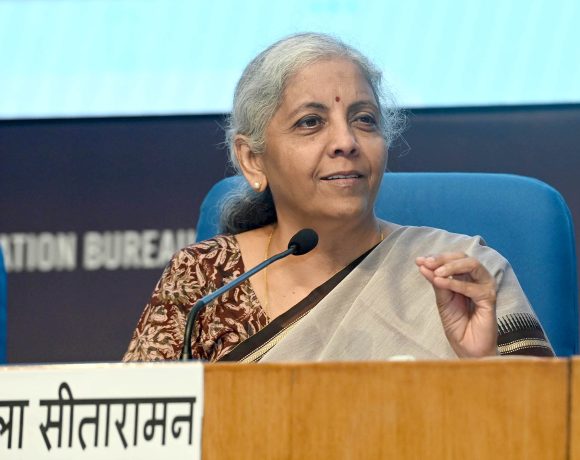
India’s GDP growth rate for the second quarter of the fiscal year stood at 5.4%, falling below earlier projections. However, Finance Minister Nirmala Sitharaman has assured that the slowdown is temporary and does not indicate any long-term issues with the country’s economic health. A Challenging Quarter The second quarter posed several challenges for India’s


